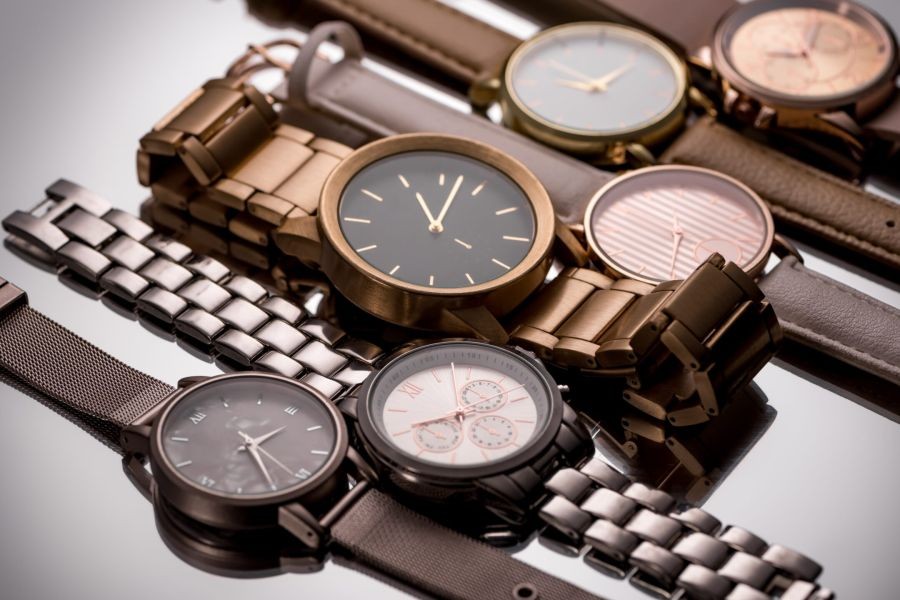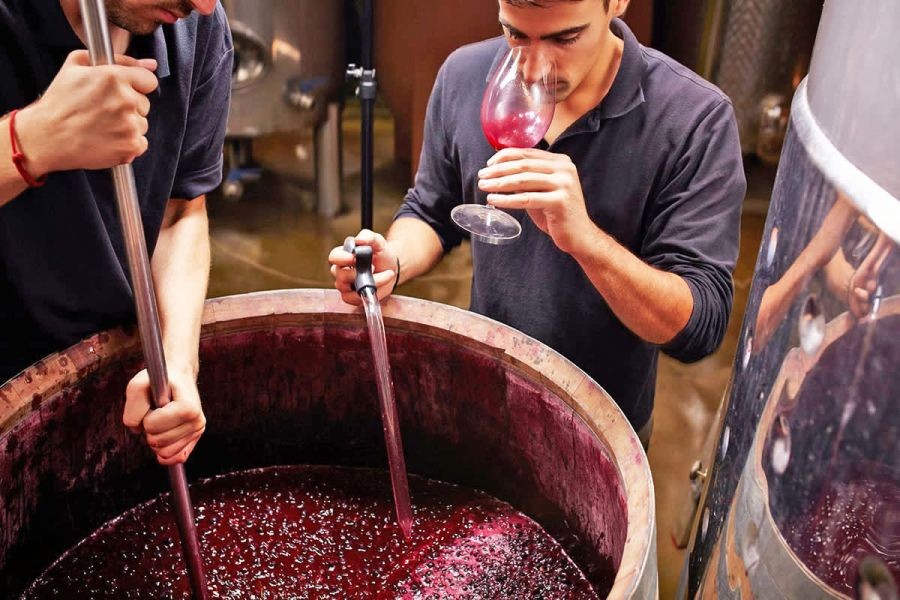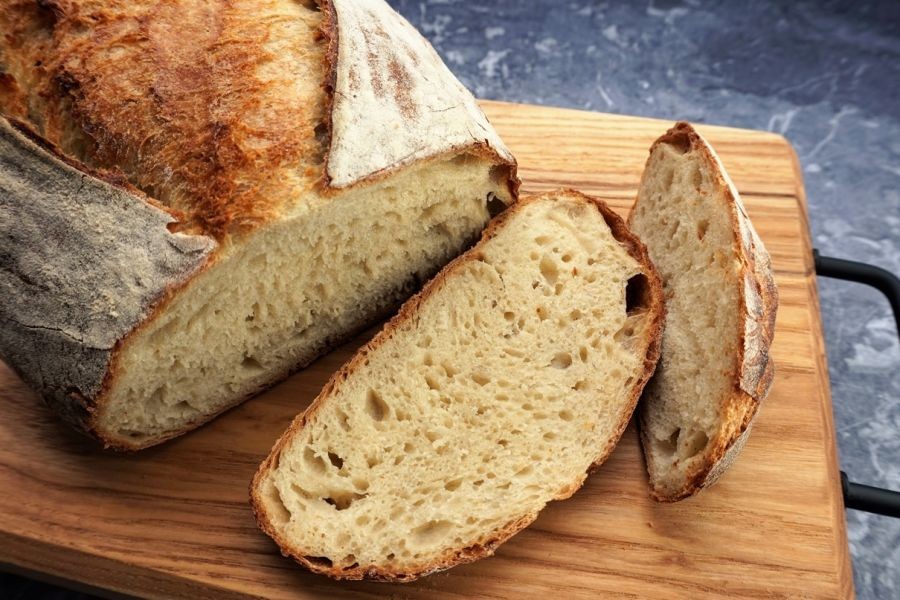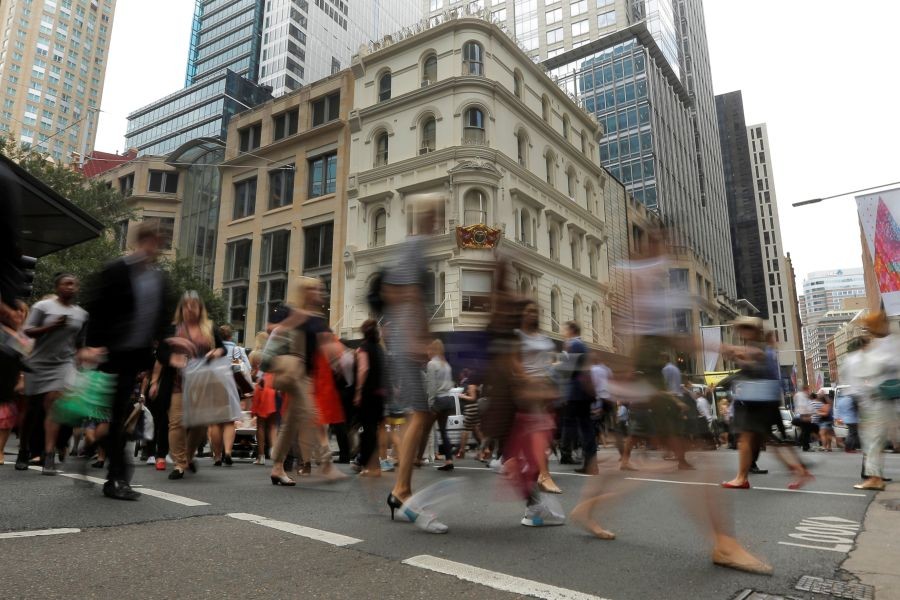In the evolving landscape of wealth storage and investment, Australians are increasingly exploring alternative avenues outside traditional asset classes. Among these, luxury collectibles and fine jewelry have emerged as compelling options. But which one offers a better store of wealth for the discerning Australian investor? This article delves into these two asset classes, analyzing their potential as wealth stores, particularly in the context of Australia's unique economic and regulatory environment.
Understanding Wealth Storage: A Brief Overview
Wealth storage refers to the preservation of value over time through various asset classes. Traditional options include real estate, stocks, and bonds. However, due to economic volatility and inflationary pressures, investors are now considering alternative assets like luxury collectibles and fine jewelry. In Australia, where the Reserve Bank of Australia (RBA) has reported an average inflation rate of 2.6% over the past decade, these alternatives can provide a hedge against currency devaluation.
Luxury Collectibles: The Allure and the Risks
Luxury collectibles are items that hold significant value due to their rarity, historical importance, or aesthetic appeal. These can range from classic cars and rare wines to art and vintage watches.
Pros:
- High Appreciation Potential: According to Knight Frank's Wealth Report, the value of collectible assets like classic cars has increased by an average of 334% over the past decade.
- Tangible Asset: Unlike stocks or bonds, collectibles offer a tangible investment, which can be appealing during times of economic uncertainty.
- Emotional Value: Investors often form personal connections with their collections, adding an emotional dimension to their financial value.
Cons:
- Illiquidity: Selling luxury collectibles can be challenging and time-consuming, often requiring specialized brokers or auction houses.
- Market Volatility: The value of collectibles can be highly volatile, influenced by trends and collector demands.
- Maintenance Costs: High-end collectibles often require significant maintenance and insurance, adding to the cost of ownership.
In the Australian context, the luxury collectibles market has seen a surge in interest. A report by Deloitte Australia highlights a growing trend among high-net-worth individuals investing in wine, art, and classic cars, with the Australian classic car market alone valued at over AUD 2 billion.
Fine Jewelry: A Timeless Investment
Fine jewelry has long been considered a reliable store of wealth due to its intrinsic value and historical significance. Gold, diamonds, and other precious stones have been coveted for centuries.
Pros:
- Intrinsic Value: Precious metals and stones inherently hold value, offering a hedge against inflation.
- Portability: Jewelry's compact nature makes it easy to transport and store securely.
- Market Stability: The jewelry market has shown resilience, with steady growth even during economic downturns.
Cons:
- Market Fluctuations: The price of gold and other precious metals can fluctuate based on global economic conditions.
- Authentication Issues: Ensuring authenticity and quality requires expert appraisal, which can be costly.
- Security Risks: High-value jewelry can be a target for theft, necessitating secure storage.
In Australia, the fine jewelry market is thriving, with the Australian Bureau of Statistics (ABS) reporting a 7% annual growth rate in the industry. This growth is fueled by both domestic demand and a strong export market, particularly to Asia.
Case Study: The Australian Art Market Boom
Problem: The Australian art market faced challenges with market volatility and limited buyer interest during the early 2000s.
Action: To revitalize the market, Australian galleries and auction houses began focusing on promoting indigenous art and contemporary Australian artists, leveraging international art fairs to showcase these works.
Result: By 2023, the Australian art market had grown by 35%, with indigenous art gaining significant international recognition. Key auction houses reported record sales, with a single piece by an Australian artist fetching over AUD 1 million.
Takeaway: This case study underscores the importance of strategic market positioning and international outreach in the collectibles market. Australian investors can apply similar strategies to other collectible categories to maximize returns.
Regulatory Insights: Navigating the Australian Market
The Australian Competition & Consumer Commission (ACCC) and the Australian Taxation Office (ATO) play crucial roles in regulating the luxury goods market. For instance, collectors must be aware of the Goods and Services Tax (GST) implications on imported collectibles and the capital gains tax applicable on the sale of such assets.
Myths and Misconceptions
- Myth: "Luxury collectibles are only for the ultra-wealthy." Reality: While high-net-worth individuals dominate the market, there are accessible entry points for moderate investors, particularly in emerging categories like limited-edition sneakers or street art.
- Myth: "Fine jewelry doesn't appreciate in value." Reality: Historical data shows that fine jewelry, particularly pieces with rare stones, can appreciate significantly, sometimes outperforming traditional investments.
- Myth: "Collectibles are purely aesthetic and lack financial logic." Reality: Strategic investments in collectibles can provide substantial financial returns, supported by market research and historical trends.
Future Trends and Predictions
Looking ahead, both luxury collectibles and fine jewelry are poised for growth in Australia. The rise of digital platforms for buying and selling collectibles, such as online auctions and NFT marketplaces, is set to revolutionize the market. Additionally, sustainable and ethically sourced jewelry is gaining popularity, aligning with global environmental trends.
The Reserve Bank of Australia predicts that as traditional investment markets face instability, alternative assets like these will see increased demand. By 2028, it's expected that 15% of Australia's high-net-worth portfolios will include luxury collectibles and fine jewelry, reflecting a broader shift towards diversified investment strategies.
Conclusion
For Australian investors seeking to diversify their portfolios, both luxury collectibles and fine jewelry offer unique advantages and challenges. While collectibles can provide high returns and personal satisfaction, they require careful market analysis and management. Fine jewelry offers intrinsic value and stability, appealing to those prioritizing long-term wealth preservation. Ultimately, the choice between the two depends on individual investment goals and risk tolerance. As these markets evolve, staying informed and strategic will be key to maximizing returns.
Whether you're drawn to the allure of a Picasso or the elegance of a diamond necklace, understanding the intricacies of these asset classes can enhance your investment strategy. What's your take on luxury collectibles vs. fine jewelry as wealth stores? Share your insights below!
People Also Ask
- How do luxury collectibles compare to stocks as investments? While stocks offer liquidity and dividends, luxury collectibles provide aesthetic and emotional value alongside potential high returns, albeit with greater market volatility.
- What are the risks of investing in fine jewelry? Risks include market fluctuations, authentication issues, and security concerns, but these can be mitigated with proper appraisal and secure storage.
- Is the Australian luxury market growing? Yes, the market is expanding, driven by increasing wealth and demand for unique investment opportunities, with a notable rise in interest for indigenous art and sustainable luxury goods.
Related Search Queries
- Luxury collectibles investment in Australia
- Fine jewelry as an investment
- Australian art market trends
- Wealth preservation strategies
- Alternative investments in Australia
- Capital gains tax on collectibles in Australia
- Sustainable jewelry trends
- Online auction platforms in Australia
- Investment risks in luxury goods
- Australian jewelry market analysis






























